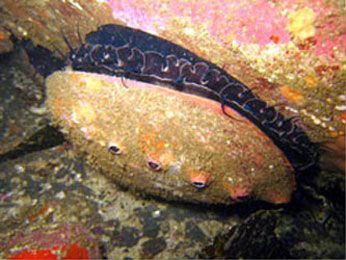
California's coastal waters are home to a multitude of invertebrates (species lacking a bony skeleton). A small fraction of these, including abalone, are actually targeted by California's recreational fisheries. This page contains information about abalone species identification, biology, habitat, geographic range, fishing methods, and more.